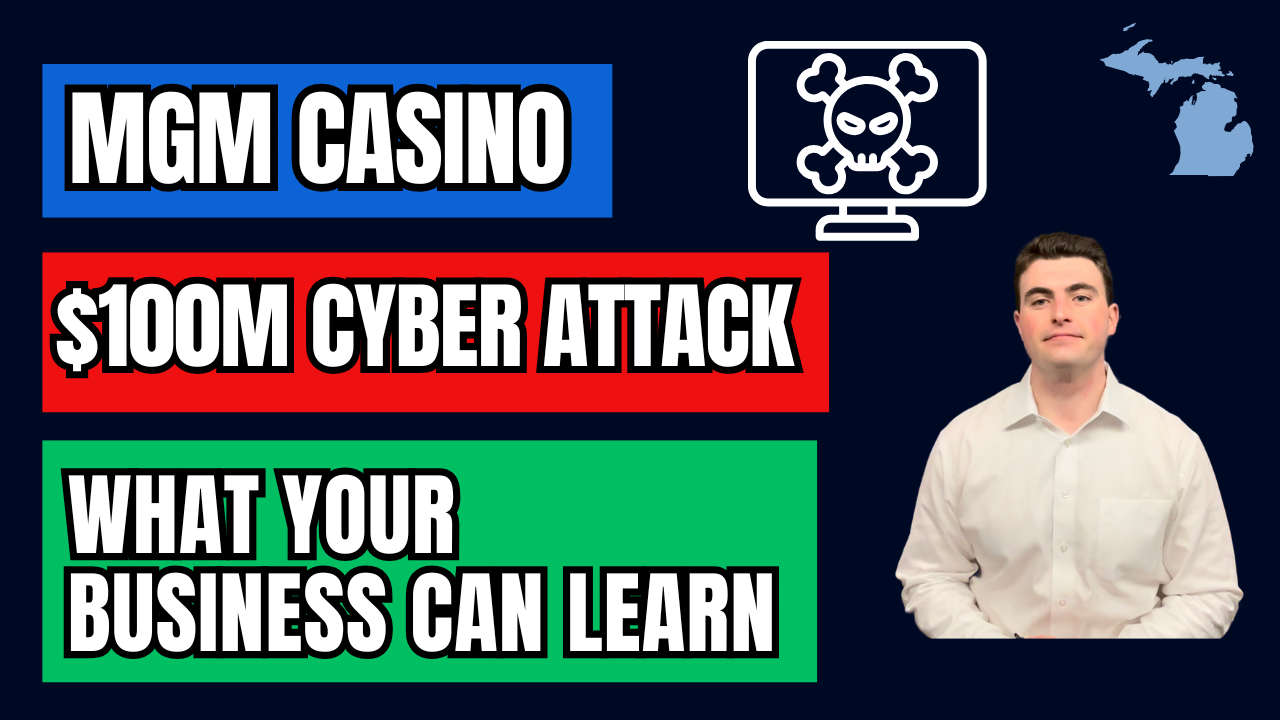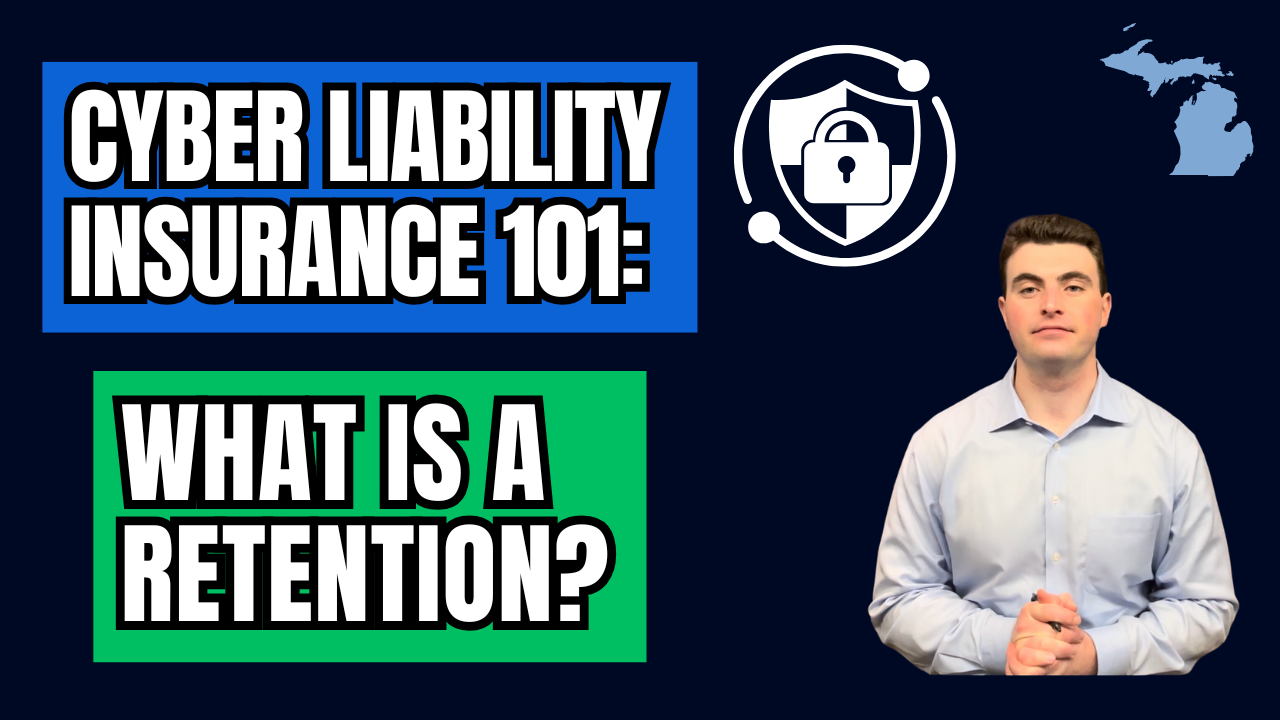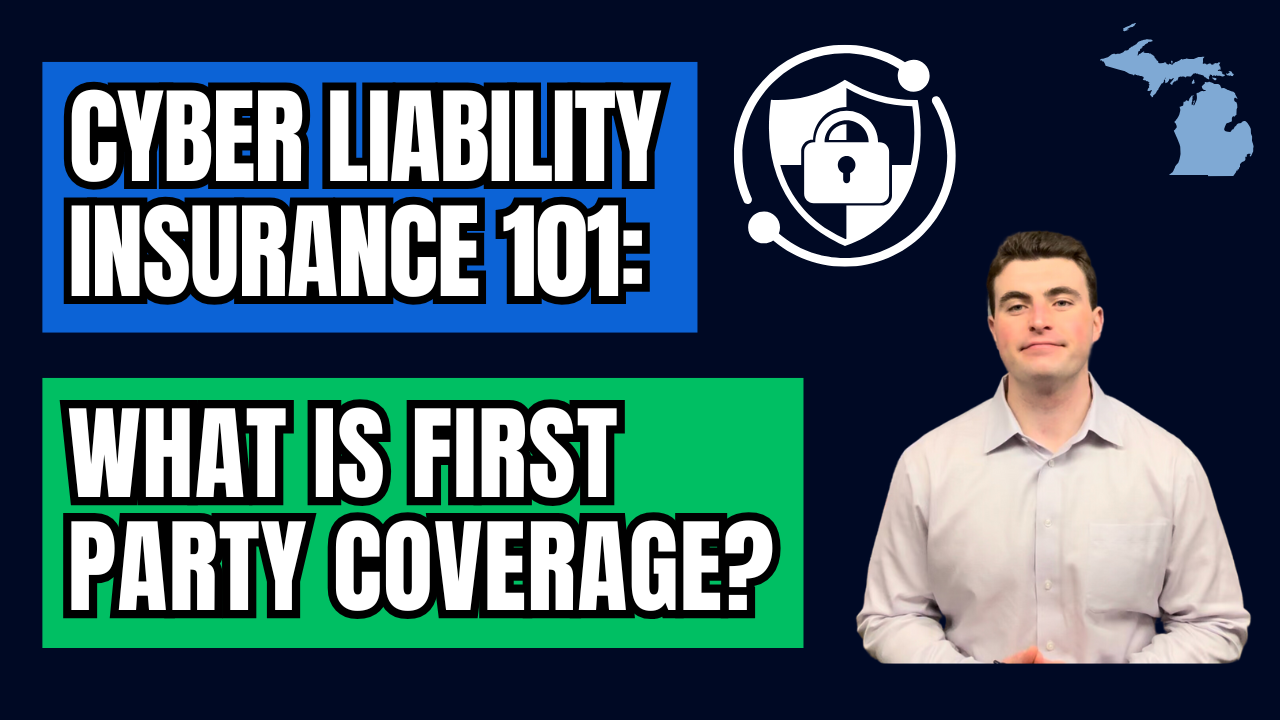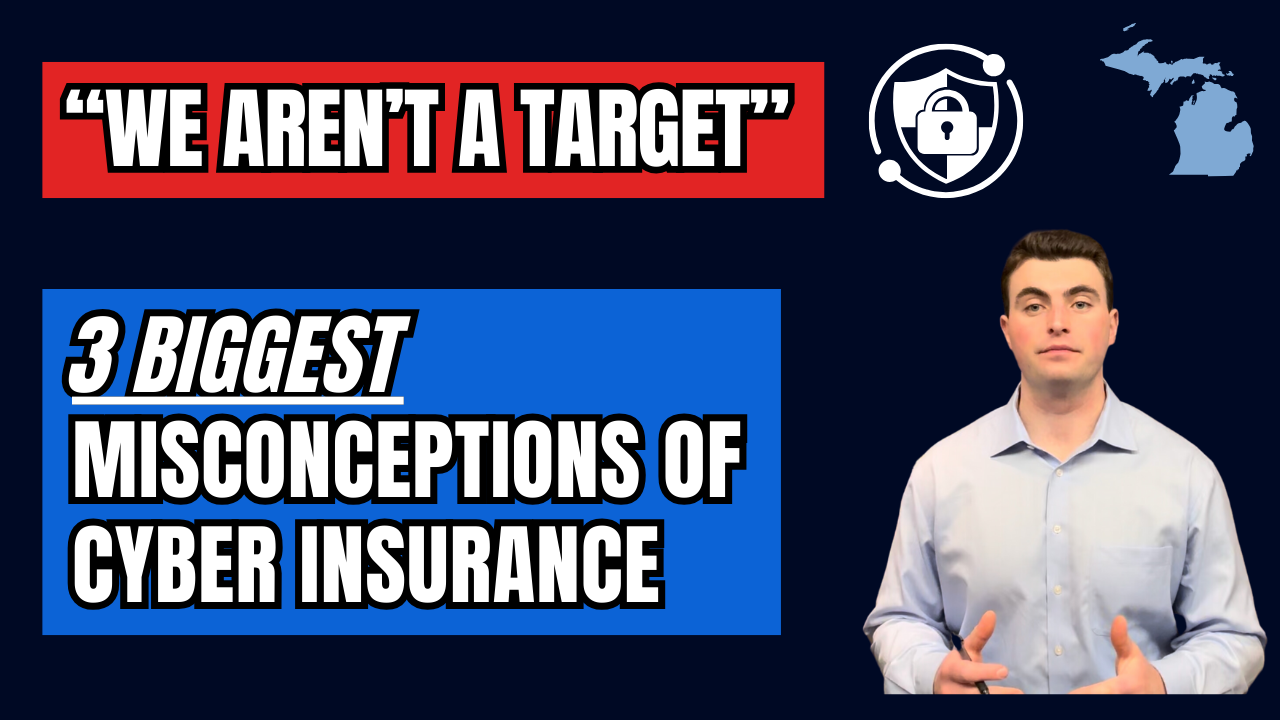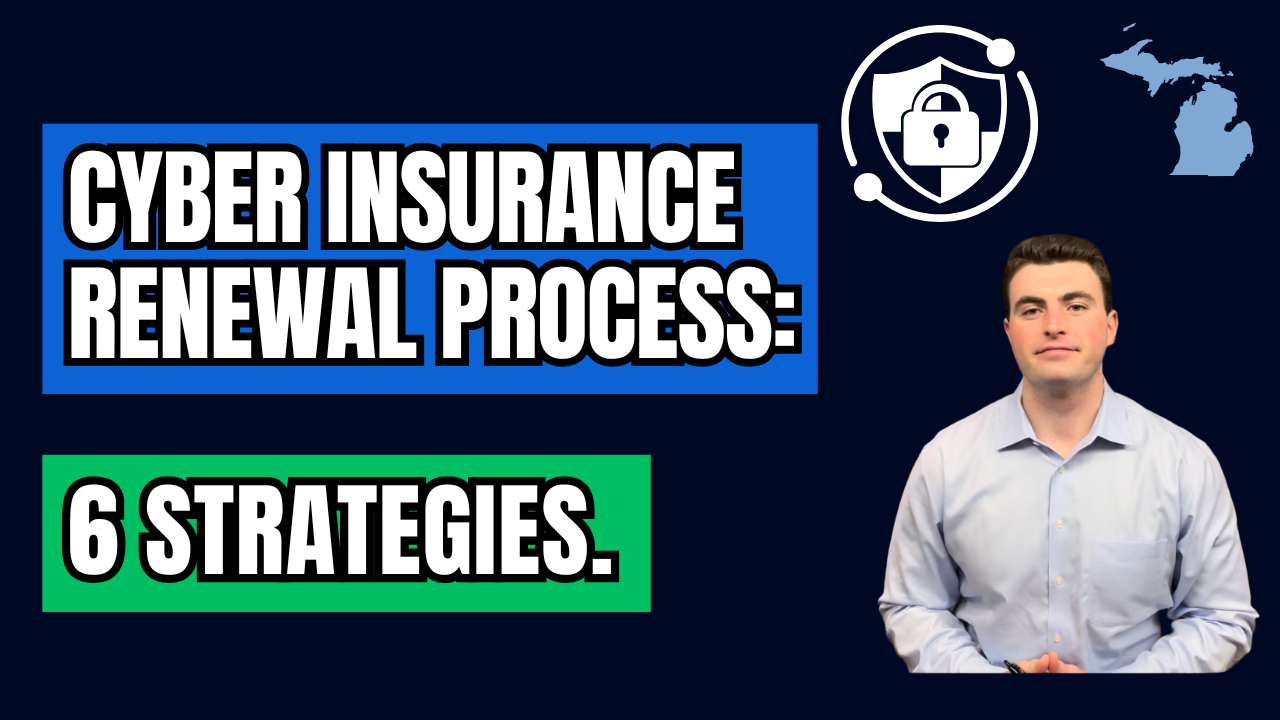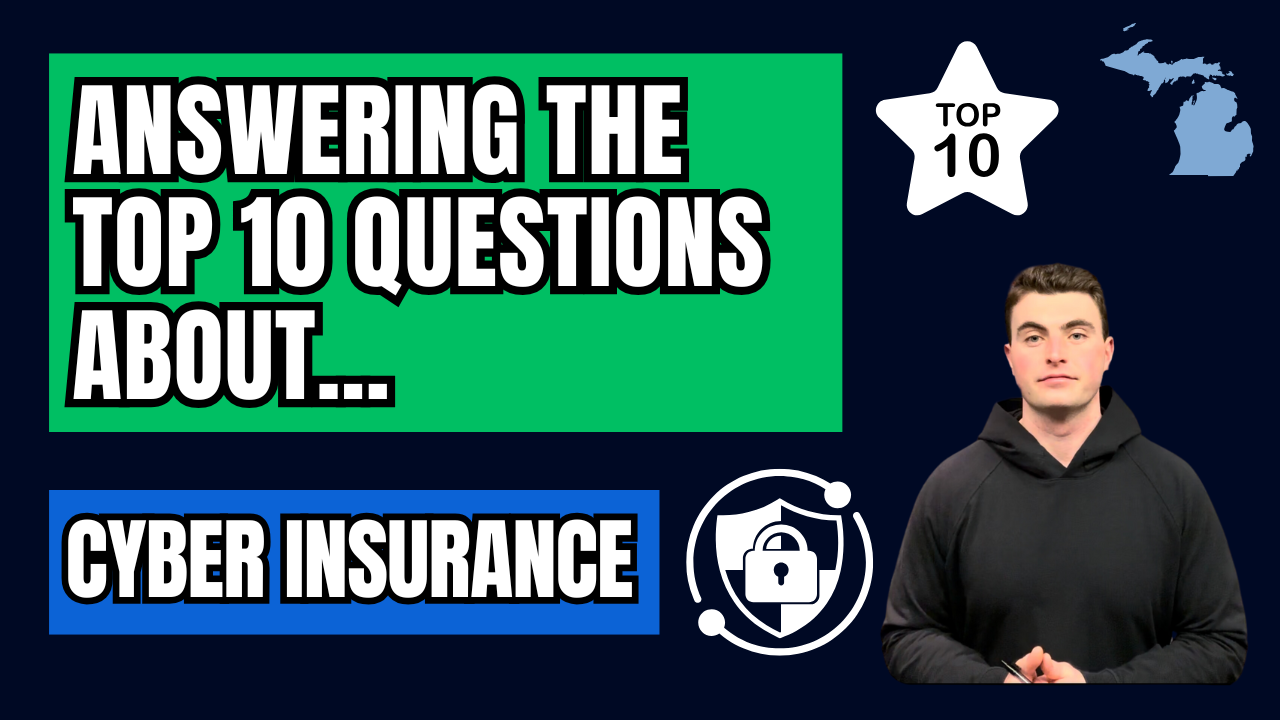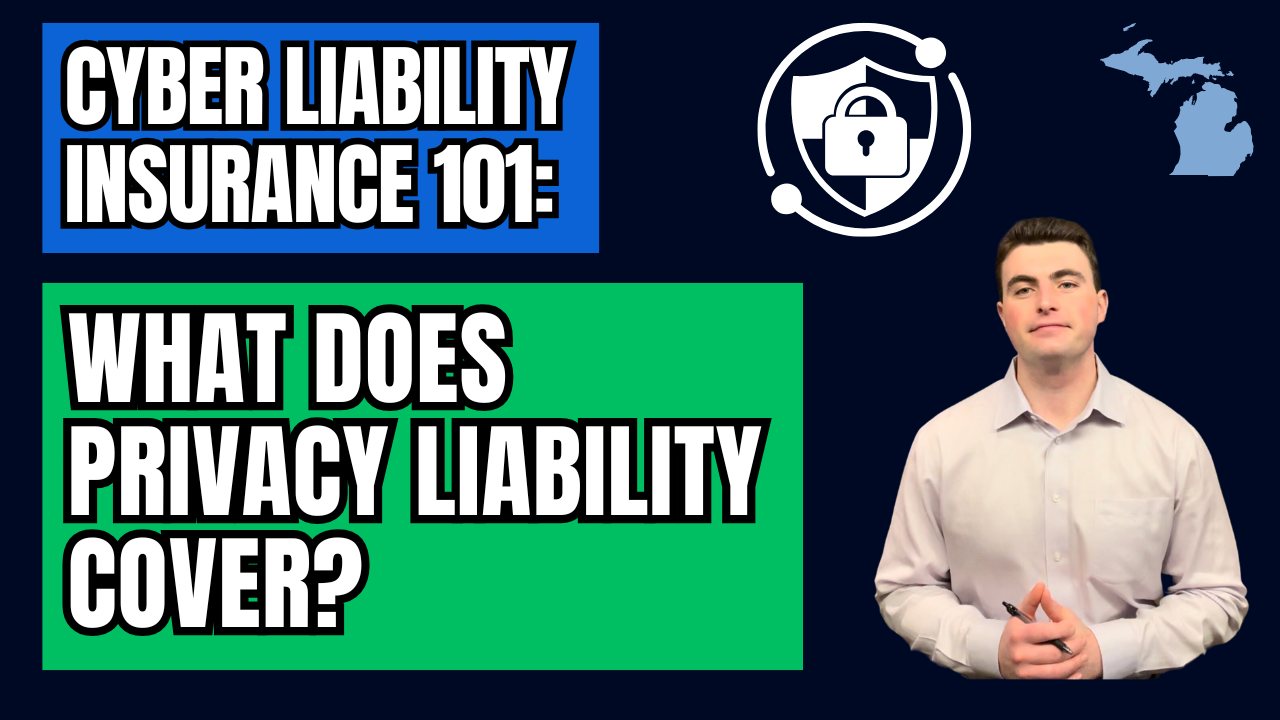How Much Does Cyber Insurance Cost? (Cyber Liability Insurance 101)
This is a subtitle for your new post
If you're wondering how much cyber liability insurance costs, you're not alone. As businesses of all sizes face growing threats from cyberattacks, understanding how insurers price cyber coverage is essential to protecting your operations without overpaying.
In this guide, we break down the top factors that influence cyber insurance premiums—and what you can do to manage costs.
What Is Cyber Liability Insurance?
Cyber liability insurance helps protect your business from financial losses due to cyber threats, such as data breaches, ransomware attacks, and network security failures. This coverage can include both first-party expenses (like system recovery and business interruption) and third-party claims (like legal fees from a data breach involving customers or vendors).
What Determines the Cost of Cyber Insurance?
Cyber insurance pricing isn't one-size-fits-all. Insurance carriers evaluate several risk factors to determine your premium:
1. Size of Your Business
The more employees, systems, and data you have, the higher your exposure. Larger organizations typically pay more for cyber insurance due to greater potential impact if a breach occurs.
2. Your Industry
Some industries are bigger targets for cybercriminals. Businesses in healthcare, finance, legal services, and retail often see higher premiums because they store sensitive personal, financial, or health-related data.
3. Cybersecurity Measures
Insurers will assess your cybersecurity posture, which includes:
- Firewalls and endpoint protection
- Data encryption
- Intrusion detection and monitoring tools
- Multi-factor authentication (MFA)
- Regular software updates and patching
The stronger your defenses, the more favorably underwriters will view your risk—potentially leading to lower costs.
4. History of Cyber Incidents
If you've had prior breaches, ransomware attacks, or phishing incidents, it can drive up your premiums. A clean loss history, on the other hand, signals lower risk.
5. Risk Management & Employee Training
Cyber insurance companies want to see that you're actively managing your risk. This can include:
- An incident response plan
- Routine data backups
- Cybersecurity training for staff
- Ongoing vulnerability assessments
These proactive steps can help reduce both your exposure and your premium.
What Is the Cost Range for Cyber Liability Insurance?
Cyber liability insurance can range anywhere from $1,000 to $10,000+ annually for small to mid-sized businesses, depending on your risk profile and desired coverage limits. Large enterprises or businesses in high-risk industries can see much higher premiums, especially if higher limits or broader coverages are required.
How to Get the Best Price on Cyber Insurance
Because there’s so much variability in pricing, it’s important to work with an independent insurance agent or broker who has access to multiple carriers. That way, you can compare coverage options side by side and find a policy that balances cost with comprehensive protection.
Final Thoughts
The cost of cyber liability insurance depends on your business size, industry, cybersecurity controls, incident history, and risk management practices. Understanding these factors can help you control costs while still protecting what matters most—your data, your reputation, and your operations.
📞 Need help reviewing your cyber coverage or exploring your options? Let’s connect.
Contact Us
We will get back to you as soon as possible.
Please try again later.

